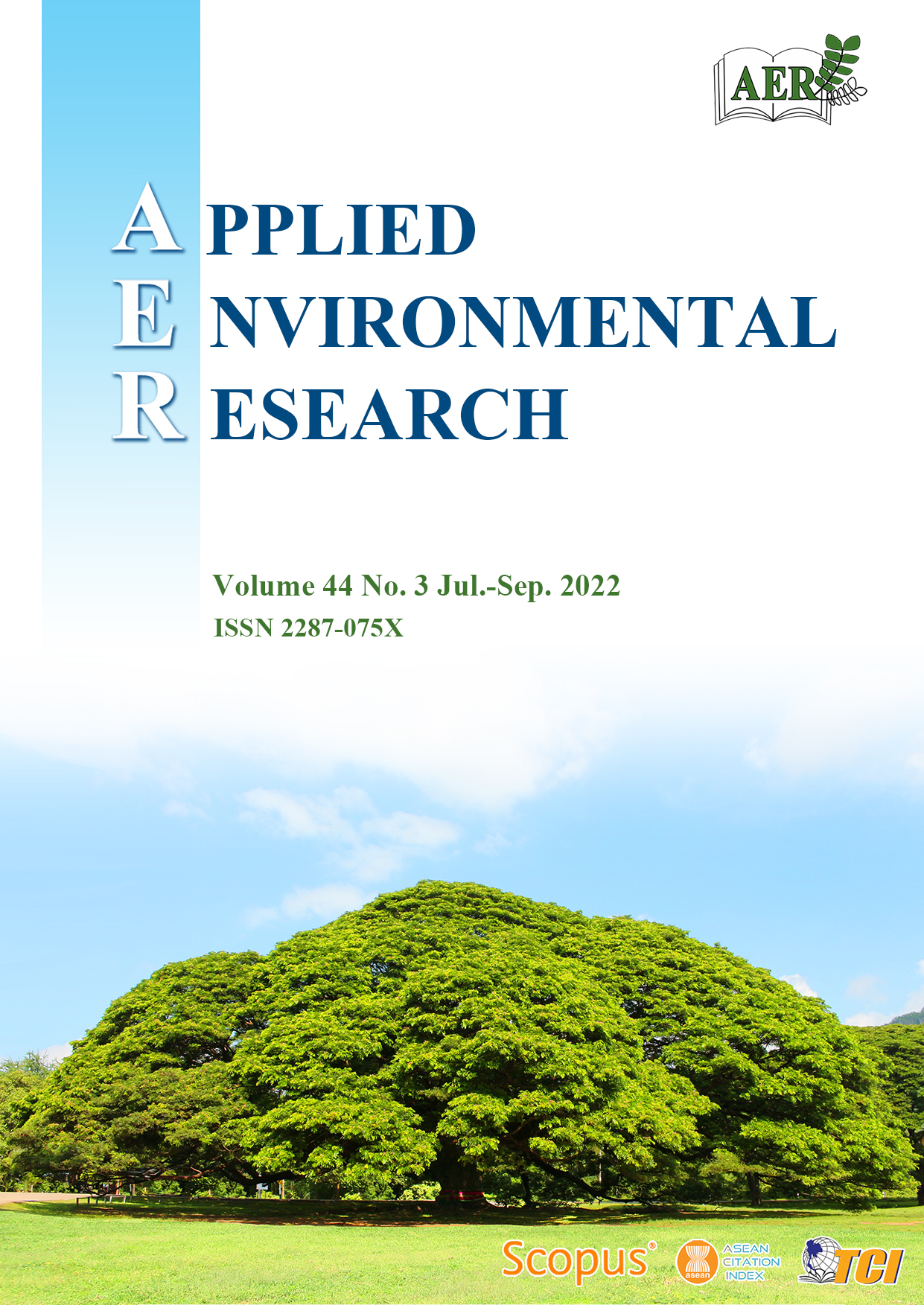Identification of Saline Water Intrusion Using Integrated Geoelectrical Method in the Coastal Aquifer of Holo-Quaternary Formation, Lampung Bay
Main Article Content
Abstract
Increased groundwater extraction from aquifers in Holo-Quaternary rock formations in Lampung Bay has caused saltwater intrusion. This indication appears in several community wells and can spread further inland. Therefore, this study aims to identify the distribution of areas exposed to saline water and the boundaries of areas that have not, especially in the Holo-Quaternary Formation. This research uses the geoelectric method integrated with salinity data and the Soil Penetration Test (SPT) analysis at four drilling points. A total of 4 lines of Electrical Resistivity Tomography (ERT) and 8 points of Vertical Electrical Sounding (VES) have been acquired with a Schlumberger configuration with an AB/2 span of up to 200 meters. Meanwhile, the salinity data was measured directly from 60 samples from community wells. The ERT and VES analysis results show that the coastal aquifer in Lampung Bay is at a depth of 2–24 m. SPT analysis identified interbedded sand, silt, and clay which were interpreted as marine sedimentation from the Holo-Quaternary Formation layer. Groundwater is only in shallow aquifers (less than 24 m) but has experienced seawater intrusion with low resistivity values between 9–20 ohm m. The distribution of high salinity values up to 3,100 ppm has reached more than 1 km from the coastline. Furthermore, ERT results reinforce this finding, which shows low resistivity values of less than 10 ohm m in the shallow aquifer zone. VES data detects low resistivity values (18 ohm m) at a depth of 12–13 m.
Article Details

This work is licensed under a Creative Commons Attribution-NonCommercial 4.0 International License.
Published articles are under the copyright of the Applied Environmental Research effective when the article is accepted for publication thus granting Applied Environmental Research all rights for the work so that both parties may be protected from the consequences of unauthorized use. Partially or totally publication of an article elsewhere is possible only after the consent from the editors.

